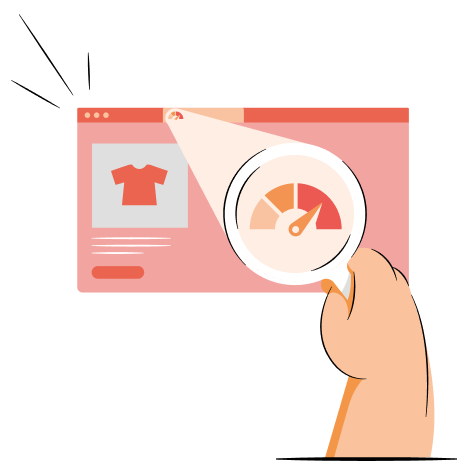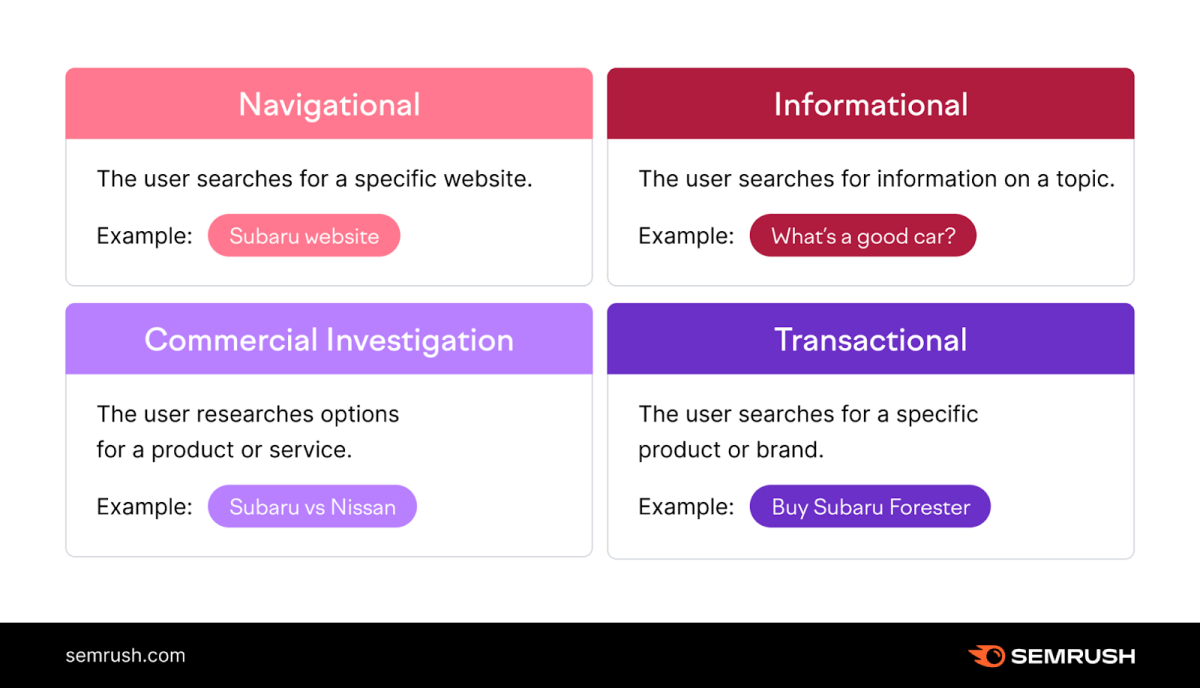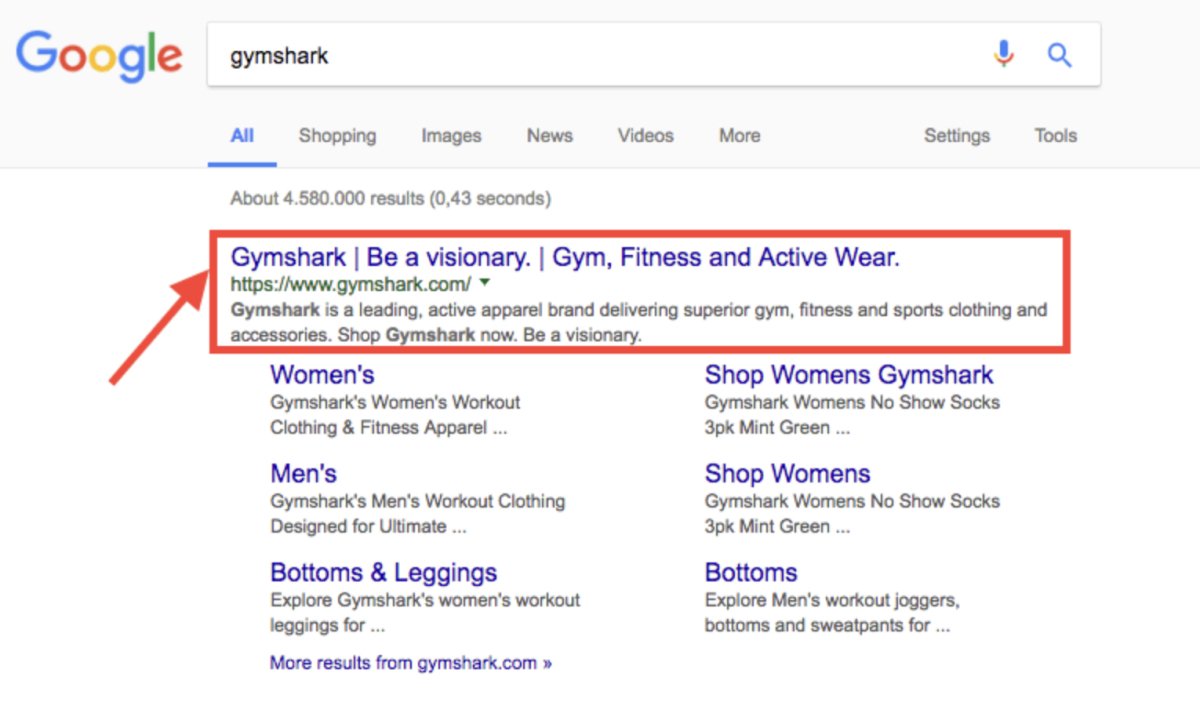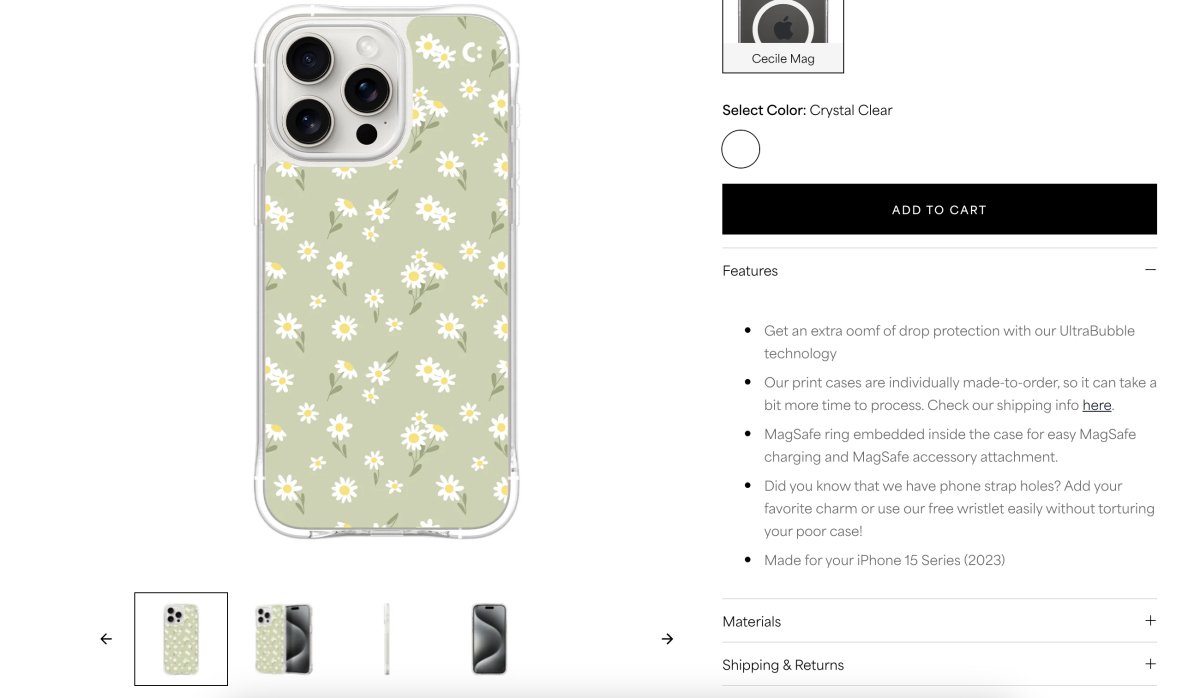Most people think that on-page SEO is only about the content on the different pages. However, on-page SEO goes so much beyond content.
If your online store's products is not visible you are losing your potential customers and profits.
While there are many ways to optimize online stores for better search engine visibility and ranking, on-page SEO is a great starting point. Improving on-page SEO for e-commerce means making each webpage better for search engines.
In this guide we will explain what is ecommerce SEO and how to go for it.
Most important pages for e-commerce on-page SEO
Before we dive into the technicals, let’s take a quick look at some of the pages on your online store that are crucial for on-page SEO.
1. Homepage
This is the page most users will discover, land on, explore, and then choose to browse to other pages.
Therefore, you’ll have to optimize this page both for search engine ranking, as well as for people to stick to and explore further.
This makes it an essential asset for your on-page SEO efforts.
2. Category Pages
These are simple repositories of products that belong to a particular category. For instance, if you’re a women’s clothing brand, your category pages can be - tops, bottoms, footwear, and lingerie.
Category pages help guide your customers towards specific products they're interested in. These pages are an excellent opportunity for keyword optimization, enhancing your chances of ranking higher in SERPs.
3. Product Pages
Product pages are the heart of any eCommerce website.
They need to be meticulously optimized with keywords, high-quality images, and engaging descriptions to enhance their visibility on SERPs.
Also read: eCommerce Product Page SEO: 13 Tips to Implement Today
4. Blog Pages
Blog pages serve as a platform to provide valuable information to your customers, helping to build trust and establish authority in your niche.
10 Tips for successful on-page SEO for an eCommerce site
Now let’s dive into what you can actually do to improve your store’s on-page SEO:
1. Keyword research
Today, almost all online purchases begin with a quick Google search.
If you want people to find you when they search for products on Google, you have to use the right words.
These ‘right’ keywords can help you get greater visibility in search engines and in turn, greater traffic.
This means you need to optimize your storefront for search engines and the people visiting your store. There are many useful keyword research tools like Semrush, Ahrefs, Ubersuggest, etc, that you can leverage to help with this optimization.
There are four main types of search intent:
- Informational,
- Transactional,
- Commercial, and
- Navigational.
Use these keyword types strategically throughout your store.
You will then have to continuously monitor and manage the performance of these keywords. Some keywords may require seasonal updation too. The idea is you need to know what keywords people are searching for and what search engines are ranking on and inject those keywords into your site.
Here are a few tips on how to strategically use keywords across your storefront:
- Inject the most important keywords in page titles, headers, subheaders, paragraph copy, product descriptions, image file names and alt text, meta title and description, and URLs.
- Add all important details like estimated delivery date, shipping costs, user reviews, return policy, etc on the product page.
- Avoid unnecessary keyword stuffing, which can appear suspicious to Google.
- Update keywords periodically.
2. Page headings
Page headings play a crucial role in on-page SEO for e-commerce websites. They tell search engines what your page is about. Keep your headings clear, relevant, and include your main keywords. For example, if you're selling shoes, your heading could be "Best Running Shoes for Men." Make sure your heading accurately reflects the content on the page.
Here are a few tips:
- Use descriptive keywords in your headings.
- Keep headings concise and to the point.
- Utilize header tags (like H1, H2) to structure your content.
- Ensure your headings match the user's search intent.
3. Engaging meta-titles and descriptions
The meta title and description are brief but important parts. They help your website stand out on search engines because people see them when picking from many similar options.
Your meta title and description should quickly explain what the page is about and make people interested to click and learn more.
You can use TinyIMG’s powerful tool to optimize SEO metadata and boost your website’s rankings. Check it out here.
Here’s an example of how Gymshark has optimized their meta title and description:
Also read: Shopify Meta Descriptions and Titles: How to Write them?
4. Informative category descriptions
These descriptions help both users and search engines understand the purpose of the category. Write unique descriptions for each category, incorporating relevant keywords naturally. For instance, if you have a category for "Women's Dresses," describe the types of dresses available and what makes them special.
Here are a few things you can do to improve your ecommerce on-page SEO through informatice category descriptions:
- Write unique descriptions for each category.
- Include keywords related to the products in the description.
- Keep descriptions concise but informative.
- Use bullet points or short paragraphs for easy readability.
5. Product descriptions that sell
When people visit product pages with the intent to buy, they’ll usually skim through text. That’s why it’s best to focus on quality instead of quantity. Avoid writing page-long product descriptions and rather focus on delivering useful information.
Here are some tips for writing engaging product descriptions:
- Identify brand voice: Users are looking for something real, so make sure you determine what your brand is about, its target audience, and craft relevant content accordingly.
- Highlight benefits: Stating features of the product isn’t likely to convince customers to buy your product. Instead, focus on the benefits that they bring to your buyers.
- Target product SEO keywords: You should place 1 or 2 relevant keywords into a product description but avoid stuffing. Put more focus on the quality of your text.
- Choose the right description length: Identify if your audience has low or high awareness about your product. Customers with lower awareness will need more convincing than those with high awareness.
Here’s an example of a good product description from Cyrill:
Also read: Guide to Shopify Product Descriptions That Sell ( +Examples)
6. Image optimization
Online stores are usually image-heavy, so this is an important point for ecommerce on-page SEO.
Images that are too heavy for the web affect site loading and performance, and a slow-loading page means you risk losing rankings and your potential customer's attention.
This is often overlooked by online store owners, especially because it can be frustrating to resize and compress each image manually.
You can easily address this by choosing the right file format for your image files (WebP, JPEG or PNG) depending on your needs and by saving for the web each time. Additionally, you should compress image size using online tools. This is a simple way to improve the images used on your store.
Another common image SEO mistake is not writing optimized titles and alt tags. If you use keywords and make alt texts descriptive, you have chances to rank in image search, an often overlooked source of traffic.
7. Product reviews
- Adding reviews to your store inspires confidence and trust in your brand. In fact, around 79% of customers trust online reviews as much as recommendations from friends.
- Positive reviews help sway the purchasing decision of uncertain shoppers. 58% of customers would even pay more to buy from a brand that has positive reviews.
- Words related to your product that people use in reviews help with SEO. Upon interviewing SEO professionals, Moz found that 90% of them noticed that review signals, such as quantity and diversity, impact rankings.
In general, social proof is a must for every Shopify store that wants to generate sales, appear credible, popular and valued.
8. FAQ sections on pages
Another easy yet promising way to improve your on-page SEO is to simply add an FAQ section.
Identifying the right questions and providing straightforward answers can get you higher in search results and pull more visitors. It can even help you get featured snippets, and get ranked under ‘People Also Ask’ sections.
If you’re not sure of what questions to include, you can also create a Q&A section that is moderated. This will help visitors ask relevant questions without having to search for your support page or seek answers elsewhere.
If you decide to implement these sections into your page, you have to add structured data accordingly – either FAQPage type or QAPage type. By doing this, you may even get a markup on search results, which can end up driving even more organic traffic.
9. Your store's blog
Maintaining a blog is a proven marketing strategy that helps to increase traffic to your website long term as it’s more steady and reliable than advertising campaigns.
From the SEO perspective, having your blog posts rank high in search results will boost the domain rating of your entire website, making it more relevant and, therefore, more favored in the eyes of different search engine bots.
This will help you attract a lot of traffic to your store. And unlike other pages, optimizing a blog for SEO is much easier. Here are a few things you can do:
- Use tools like Google Keyword Planner to find relevant keywords for your blog topic.
- Include your target keyword in the title tag to improve search engine visibility.
- Write compelling meta descriptions that include keywords and encourage clicks.
- Create high-quality, engaging content that satisfies user intent and incorporates relevant keywords naturally.
- Use header tags (H1, H2, H3, etc.) to structure your content and include keywords where appropriate.
- Link to other relevant pages within your blog to improve navigation and spread link equity.
- Use descriptive file names and alt text for images to improve accessibility and provide context to search engines.
- Ensure your blog is mobile-friendly for better user experience and improved search rankings.
10. Internal linking strategy
Not having internal linking strategies wastes link juice, page rankings suffer, your site hierarchy becomes confusing.
There are two main types of internal links, navigational and contextual. Navigational ones are what you find in the website menu or footer, whereas contextual ones are what appears in the text.
Missing contextual internal links or those set up with no purpose is a bad SEO practice. Most often, internal linking issues include:
- Orphan pages: Some website owners decide their pages can exist without any internal linking effort. In such cases, some content pieces can have no incoming internal links, so both Google and readers have a hard time finding them.
- Spam internal links: If you see a word and link any content piece related to it, you are diluting your topical focus and wasting link juice that could otherwise be reserved for your focus pages.
- Vague or empty anchor texts: Always link your content pieces using anchor texts that serve as target or partial matches of your focus keyword. You will help establish topical relevance around the article and improve its rankings.
Bonus: More tips to make your store pages better
1. Site search
Search helps users find products quickly and efficiently.
To enhance on-page SEO through site search:
- Place the search bar prominently on your website.
- Implement autocomplete and suggestions to assist users in finding products.
- Optimize product titles and descriptions for search queries.
- Analyze search data regularly to identify popular queries and optimize accordingly.
2. Mobile-first approach
Today, the majority of people shop on mobile. Google rankings are also mobile-first. That’s why having a mobile-friendly Shopify store is no longer a nice-to-have but rather a necessity.
Here are a few things to look into when trying to optimize your on-page SEO for mobile:
- Responsiveness: All of your on-page elements need to be dynamic. Shopify allows you to choose a responsive template for your site and have built-in mobile commerce shopping cart features.
- Fast loading speed: Surprise surprise, fast load time is crucial for good mobile performance.
Also read: Optimize Shopify for Mobile: Best Practices and Tips
3. Prioritize UX and CRO
All the traffic is meaningless for an e-commerce store if people don't buy.
Improving UX involves making your website easy to navigate, visually appealing, and mobile-friendly. CRO focuses on converting visitors into customers by optimizing elements such as product pages, checkout process, and calls-to-action.
4. Use SEO extension tools like TinyIMG
TinyIMG is a free multi-purpose extension designed to give users comprehensive SEO insights about any web page or Shopify store. You can use it to analyze your own store as well as competitor’s websites.
The tools offes:
- Landing Page Overview (metadata, robot.txt, core web vitals)
- Heading Tags List
- Page Status
- Link Insights
- Image Details (URL, alt text)
- Schema Markup Overview
- Social Media Content Metadata
eCommerce on-page SEO: Final thoughts
On-page SEO plays a crucial role in positioning your product pages to compete with market rivals and improve your brand image.
By implementing on-page SEO techniques like crafting compelling metadata, writing user-oriented product descriptions, and prioritizing a mobile-first approach, you’re much more likely to let customers easily discover your e-commerce store and generate sales.
Ready to optimize your store for the search engine?
Get started with TinyIMG today!





